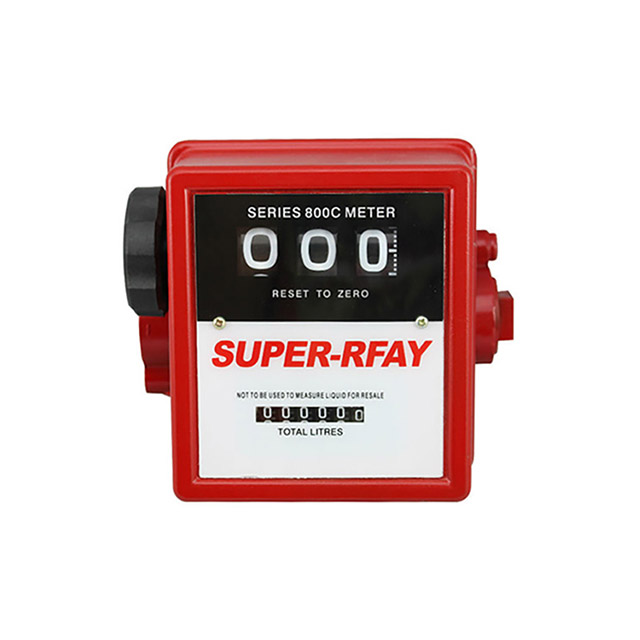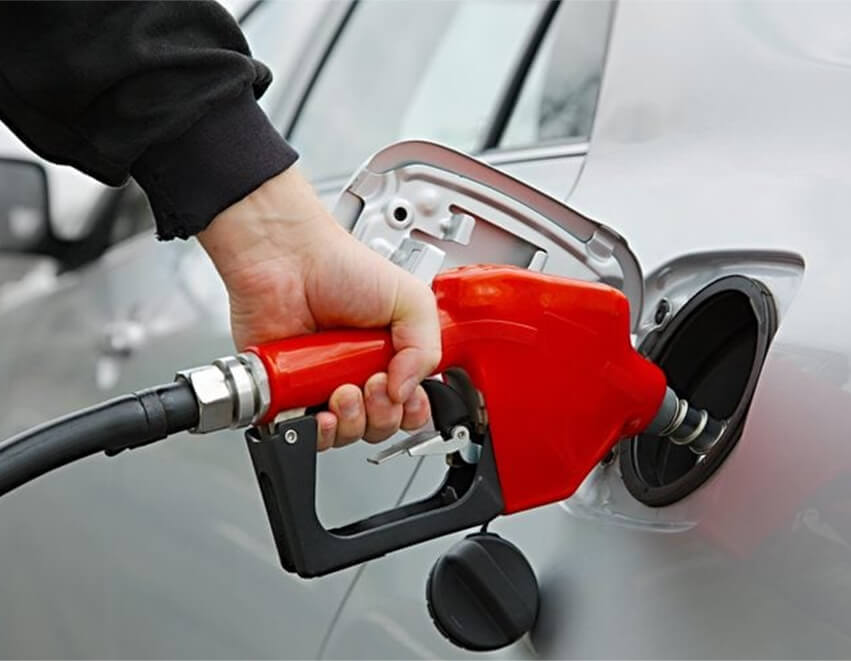Fuel flow meters play a crucial role in providing real-time data on fuel usage. They enable businesses and vehicle owners to optimize efficiency and reduce costs. When it comes to diesel engines, installing a reliable fuel flow meter is essential for maintaining optimal performance. Let’s explore the ideal locations for installing a fuel flow meter […]
Fuel flow meters play a crucial role in providing real-time data on fuel usage. They enable businesses and vehicle owners to optimize efficiency and reduce costs.
When it comes to diesel engines, installing a reliable fuel flow meter is essential for maintaining optimal performance.
Let’s explore the ideal locations for installing a fuel flow meter in diesel engines.
We recommend a few strategic installation points for fuel flow meters to ensure accurate readings and seamless operation:
The fuel line inlet is a primary installation point for a fuel flow meter. It is typically located near the engine’s fuel filter or injection pump. This position ensures that the meter accurately measures the amount of fuel entering the engine, allowing for precise monitoring of consumption.
Placing the fuel flow meter on the outlet side of the fuel system provides insights into the actual fuel consumption within the engine. This location allows for a comprehensive understanding of fuel usage throughout the engine’s operation.
Some diesel engines feature a return line where excess fuel is sent back to the tank. Installing a fuel flow meter on the return line provides data on fuel that wasn’t utilized by the engine, aiding in the identification of potential inefficiencies.
For a comprehensive overview of the entire fuel system, installing a fuel flow meter directly in the fuel tank is a viable option. This position monitors the total fuel usage, including any losses in the fuel lines or components.
Many modern diesel engines come equipped with advanced Engine Control Units. Integrating the fuel flow meter with the ECU allows for real-time data exchange, enabling the engine to adjust parameters based on accurate fuel consumption information.
While some enthusiasts may attempt DIY installations, it is advisable to seek professional assistance. Certified technicians have the expertise to ensure proper placement, calibration, and integration with the engine’s systems.
Before installation, confirm that the chosen fuel flow meter is compatible with the specific diesel engine model. Check the manufacturer’s guidelines and recommendations for optimal performance.
Periodic maintenance and calibration are crucial for the continued accuracy of the fuel flow meter. Follow the manufacturer’s guidelines for routine checks and adjustments to guarantee reliable performance.

Installing a fuel flow meter in a diesel engine is a strategic step towards achieving optimal fuel efficiency and performance.
By selecting the right installation points and following proper procedures, vehicle owners and businesses can harness the benefits of accurate fuel consumption data for improved decision-making and cost savings.
Visit our website or get in touch with us for more helpful tips or if you want to browse for quality fuel flow meters.




